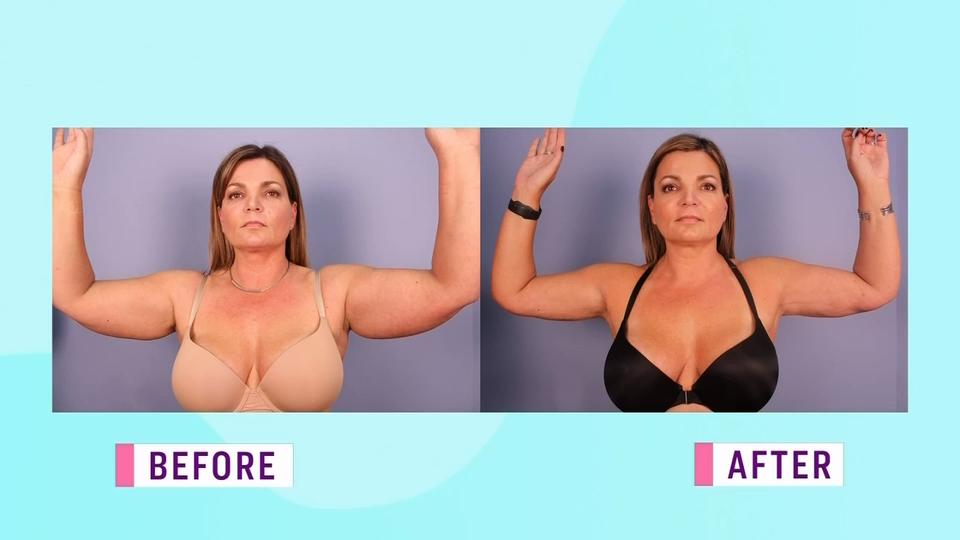Botox has been around for over 20 years, and many people are interested in its potential benefit,s but hesitant to try it themselves. In order to make the best decision for yourself, you need to know as much as possible, so we’re here to get straight to the “point” about the realities of Botox.
Pain Levels
Botox uses small needles to inject product into a patient’s skin, so naturally, there is some discomfort. This discomfort might be far less than you would expect though, and most patients describe the needle pokes like a mosquito bites. Of course, everyone is different, so some patients may feel this less, and others may feel it more. Icing the area or taking numbing medication after the procedure can really lessen any residual discomfort.
Cost
The cost of Botox can vary from person to person depending on how many injections are needed. For people with strong muscles (yes, even on the face), the amount of filler required can be quite high, raising the price. It’s a large range, but Botox for a given area can range from $200 – $540. In general, it’s best to ask your provider during a consultation how much your work in particular will cost, and they’ll be able to give you a better estimate.
How it Works
Botox is a brand of neuromodulator – a group of proteins that reduces the nerves ability to send a signal to flex the muscle. For the muscles that make facial expressions, those muscles move our skin, creating folds. Over time, our skin loses its resiliency, so when we fold it enough times that mechanical stress will create fixed wrinkles. Botox stops these muscles from flexing as hard, reducing wrinkles.
Is It Safe?
The doses that are used for Botox are orders of magnitude lower than what will hurt a patient. The neuromodulators used produce results that are predictable, consistent and safe. Bad outcomes can be aesthetic only, and not health-related, and a clinician that knows what they’re doing will know how to avoid this.
Are All Injections Actually “Botox”?
“Botox” is the most common brand for the actual neuromodulator “botulinum toxin”, but it’s not the only one available. In Canada, patients can also access Nuceiva, Xeomin and Dysport. These products will produce such a similar outcome to Botox that clinically, they are considered the same. This means that the effectiveness, the side effects and the duration are indistinguishable between these different brands. These products do, however, use slightly different proteins, which may behave differently.
This difference in protein is why a clinician needs to understand the product they are using, and how to use it on different muscle groups. Clinicians have experience using all neuromodulators, and seem to be favouring Nuceiva and Botox right now. Finding a clinician that knows their medium and is experienced in it will give you the value you’re looking for in the money you spend.
Is Botox Just To Erase Wrinkles?
Botox is more than just a means for a pretty face – it also has medical benefits when used properly. The most popular medical applications for Botox are for treatments for:
- Headaches
- Excessive underarm sweating
- Chronic pain in the neck and TMJ
- Teeth Grinding
As a consequence of a medical treatment there is often a positive cosmetic change as well. For example, treating teeth grinding will slim the lower face, and neck pain treatments can slim bulky trapezius muscles.
Did this help you understand Botox better? Let us know what you think in the comments!


